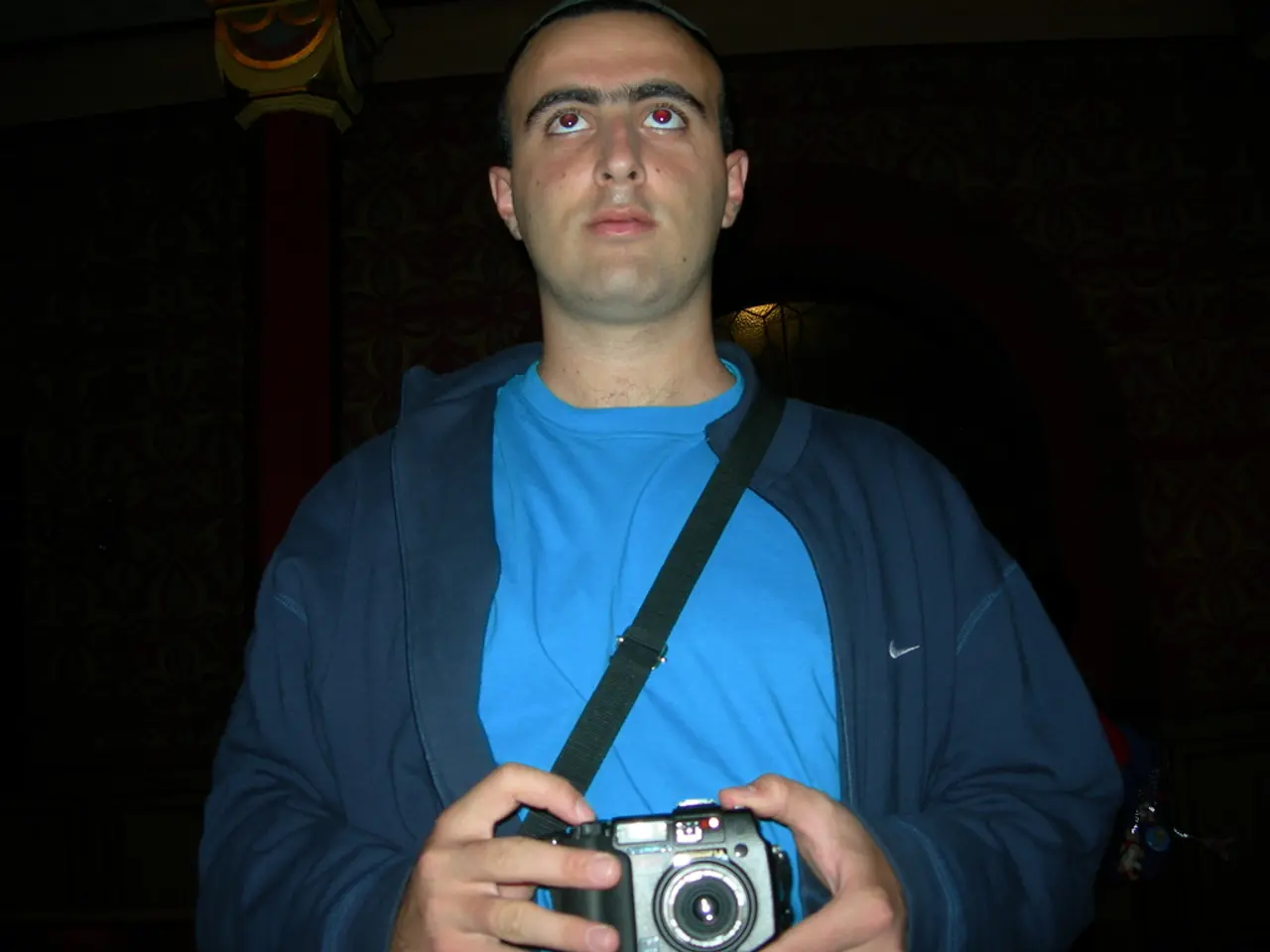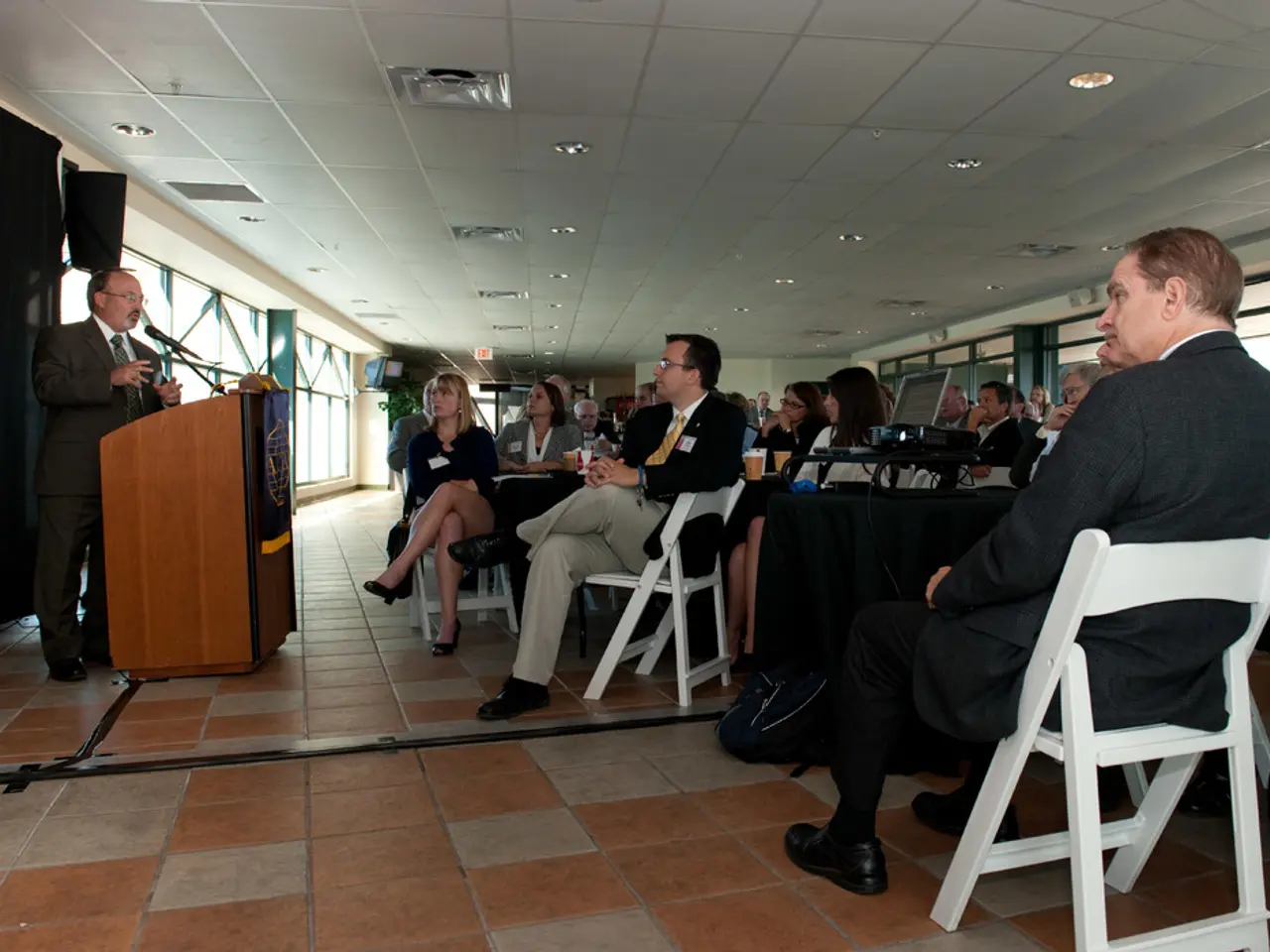Advocacy from Hong Kong legislators for the installation of facial recognition technology at enhanced border checkpoints
The Huanggang land crossing, a vital border between Hong Kong and Shenzhen, is set to undergo a significant transformation with the implementation of a new border control system. Known as the "collaborative inspection and joint clearance" model, this innovative approach will see immigration and customs inspections by both Hong Kong and Shenzhen authorities conducted side by side in a single location [1].
This model, already in use at some checkpoints between Macau and Zhuhai, is designed to streamline border crossing, allowing travellers to queue only once and complete all clearance procedures in one go [2]. Key features of this model include co-location of border control counters, a single clearance procedure, and enhanced efficiency [3].
At the upgraded Huanggang checkpoint, Hong Kong and Shenzhen will set up their inspection counters next to each other within the checkpoint building, allowing for simultaneous processing [4]. This arrangement is expected to significantly reduce clearance times, with the time for immigration clearance expected to be shortened from around half an hour to five minutes [5].
The new Huanggang Checkpoint, due to reopen in 2026 after renovation, will adopt this model alongside co-location facilities, transforming it into a traveler-only facility with an initial handling capacity of 200,000 passengers daily [6]. This expansion is aimed at easing congestion and boosting cross-border integration within the Greater Bay Area [7].
However, some lawmakers have expressed concern that the expanded checkpoint could overload nearby traffic [8]. To address this, a HK$1.75 billion (US$223 million) government proposal has been given an initial green light to site border clearance facilities in the Huanggang complex [9].
Furthermore, Hong Kong legislators have called for the adoption of facial recognition technology at the upgraded Huanggang land crossing [10]. Secretary for Security Chris Tang Ping-keung has confirmed that a new clearance model will be adopted at the Huanggang border complex [11].
In summary, the "collaborative inspection and joint clearance" model is set to revolutionise border crossing at the Huanggang port, drastically reducing waiting times and improving passenger convenience. The new facility, equipped with state-of-the-art technology, aims to strengthen the connectivity between Hong Kong and other cities in the Greater Bay Area, facilitating the efficient and smooth flow of people and goods.
- With the implementation of facial recognition technology, the upgraded Huanggang land crossing aims to streamline general-news flows between Hong Kong and other cities in the Greater Bay Area, making the immigration process more efficient.
- The adoption of the "collaborative inspection and joint clearance" model at the sports-renovated Huanggang Checkpoint, encompassing co-location facilities and cutting-edge technology, could potentially facilitate the seamless movement of technology, people, and goods within the region.




